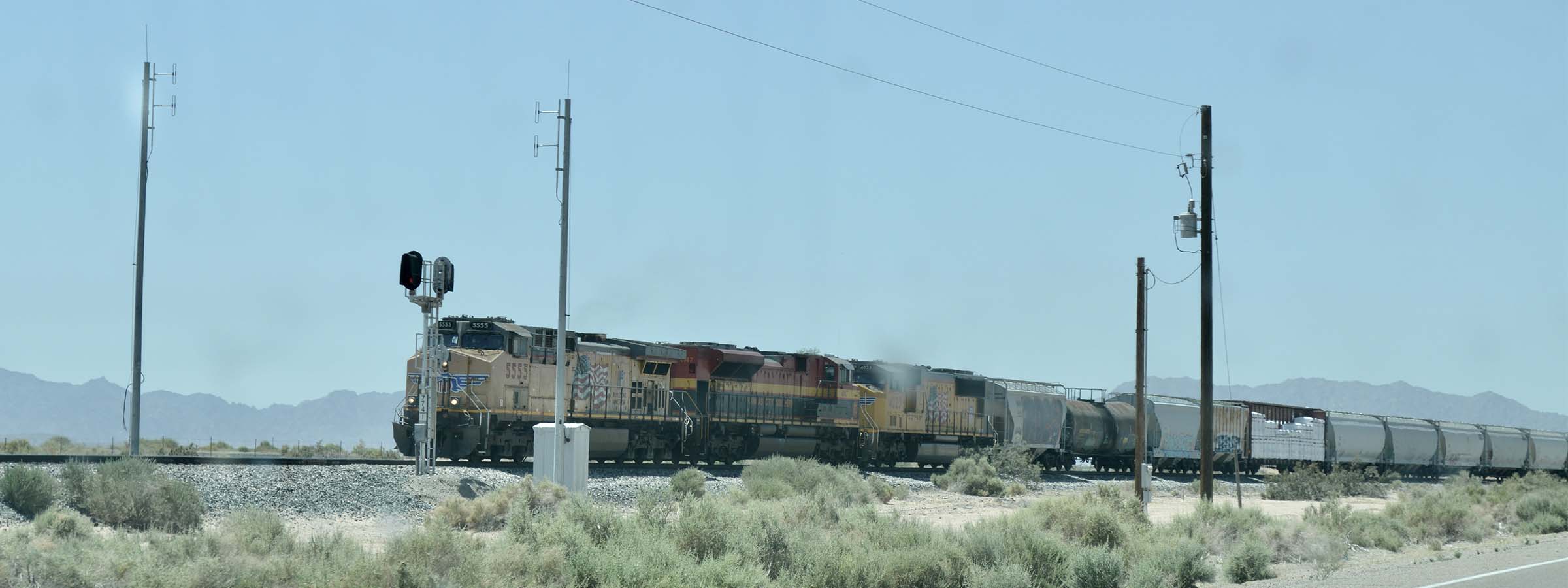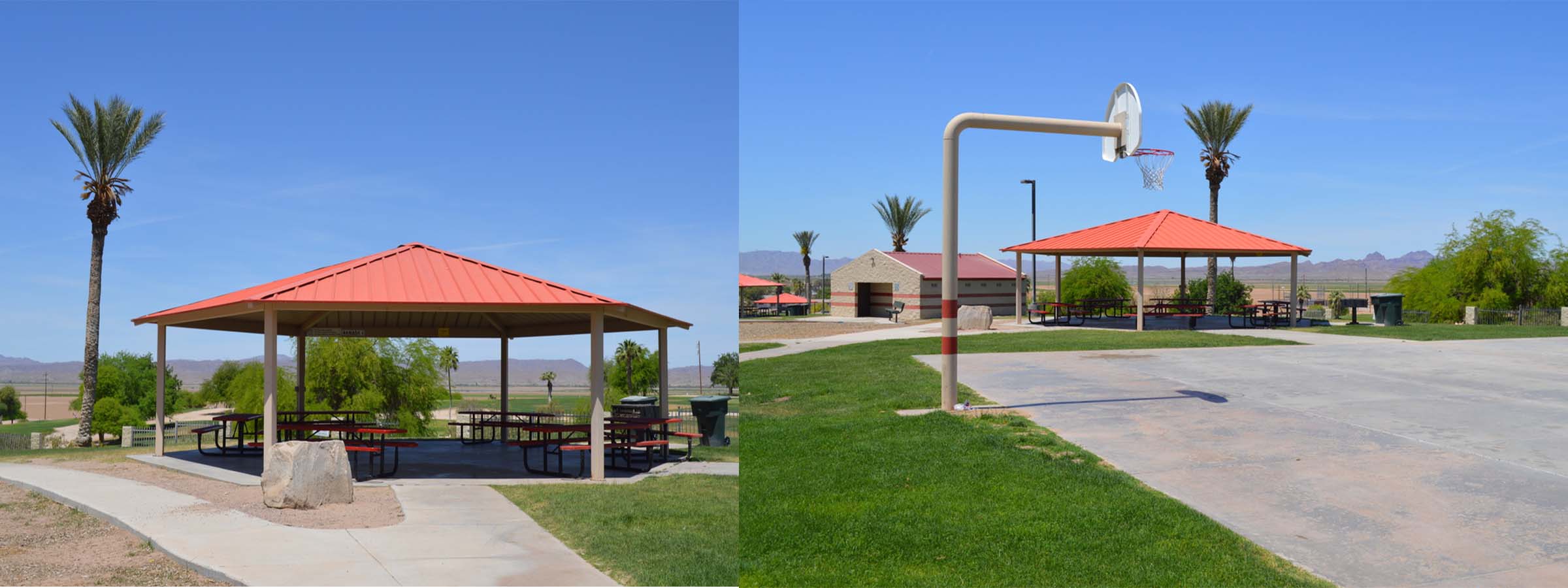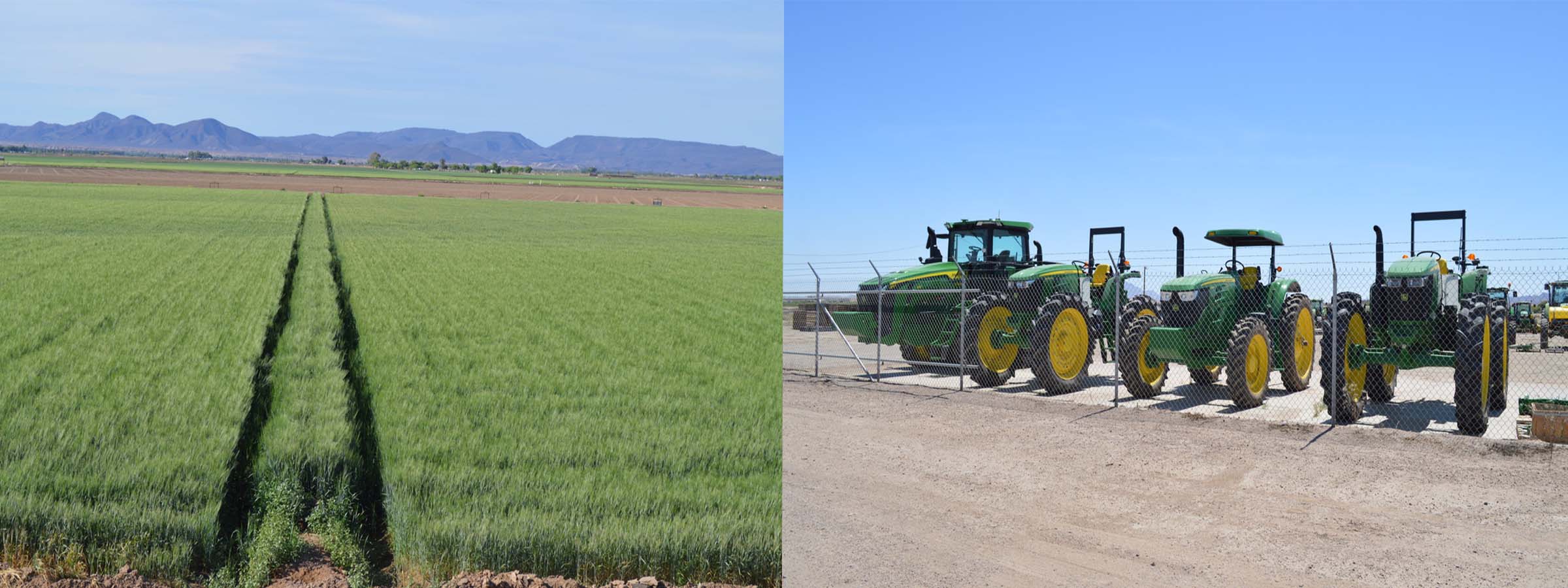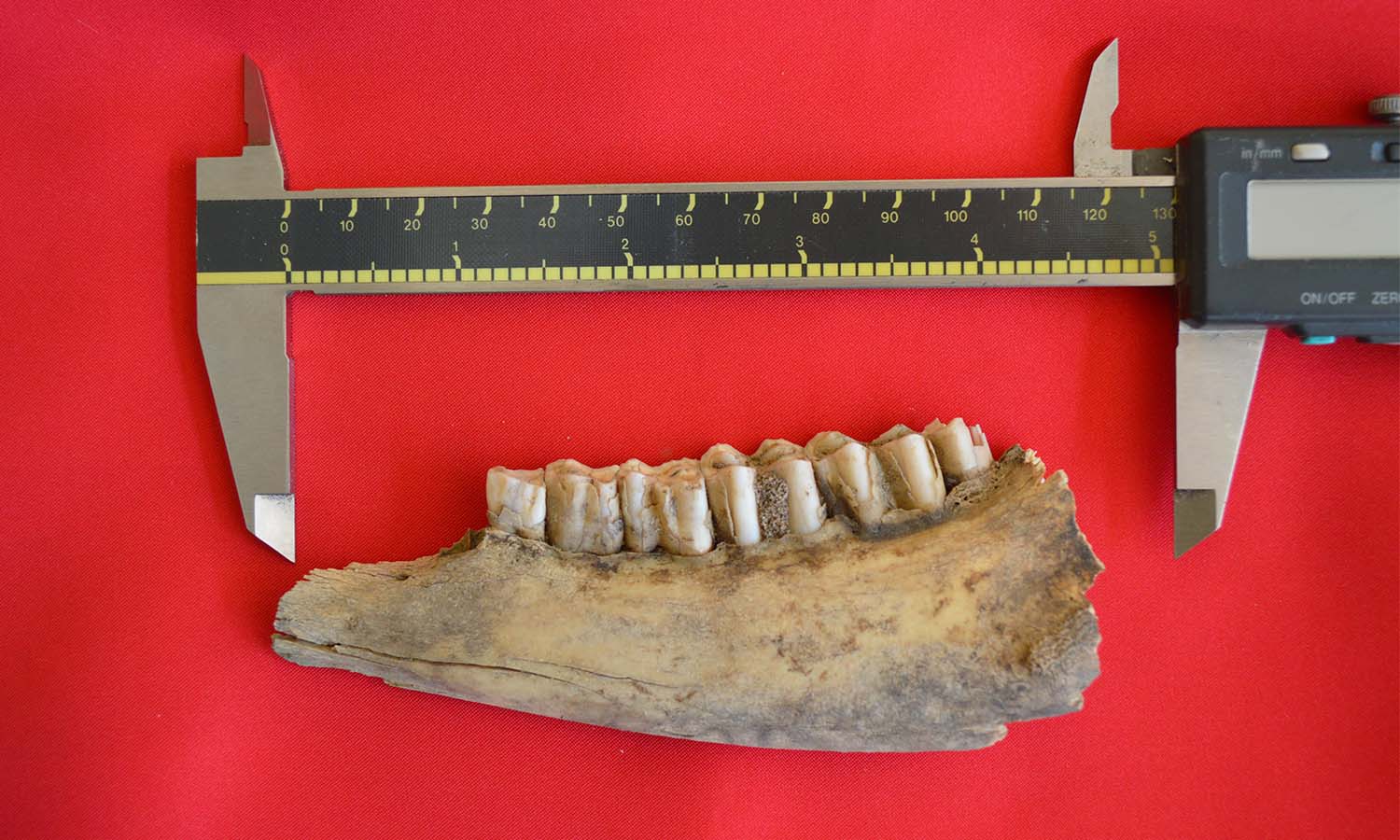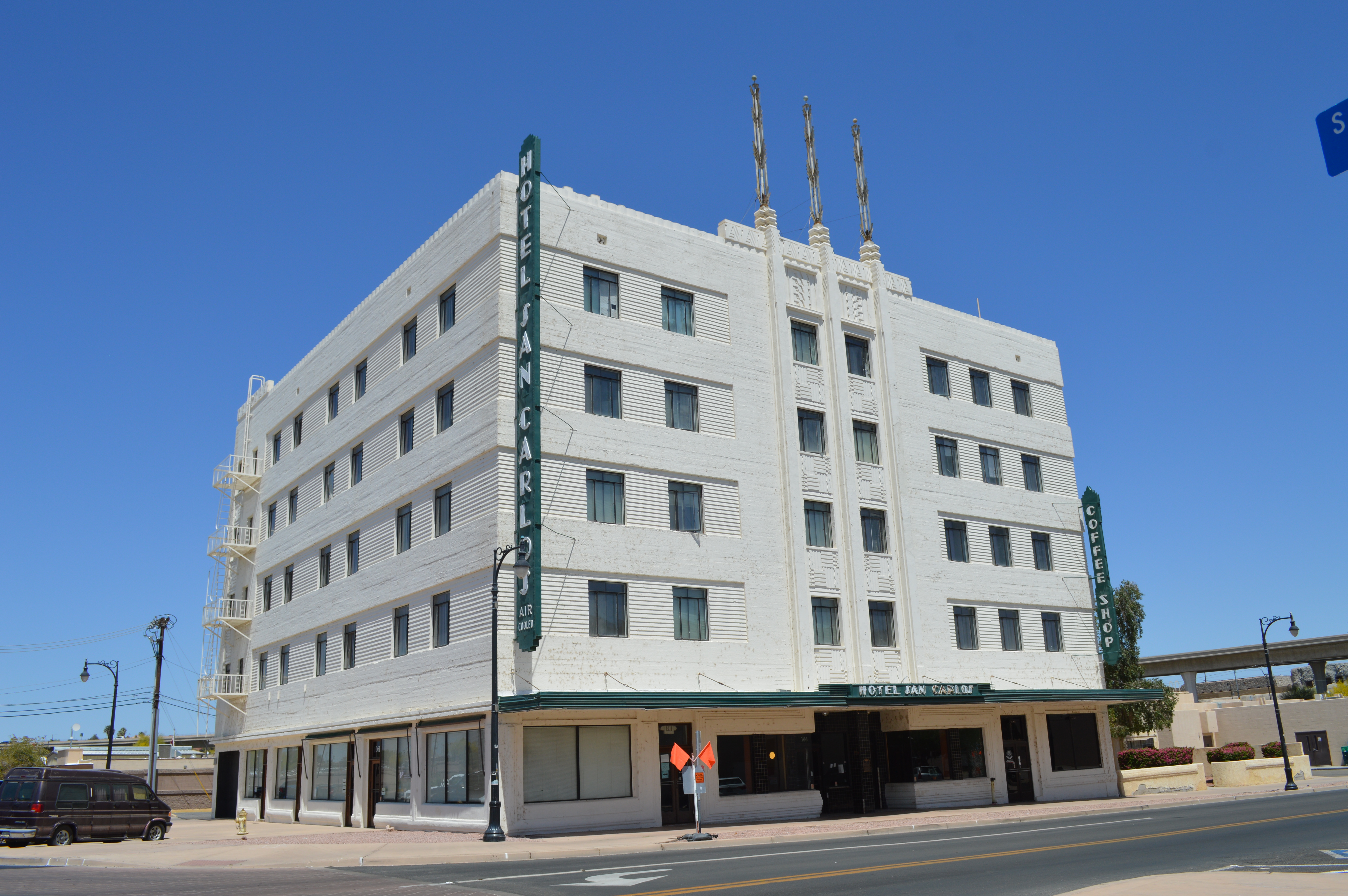
Known as the "Sunniest City on Earth", “promising sunshine and warm weather at least 91% of the year”, is the city of Yuma. It is the center of the Metropolitan Statistical Area of the county of Yuma with a population of approximately 203,247. Yuma is situated 10 miles from the Mexican border and just a few miles west of the confluence of the Gila and Colorado rivers. A natural crossing of the Colorado River along The Southern Immigrant Trail, provided for an ideal location for the City’s emergence as a portal to California. Opened in July 1875, the Yuma Territorial Prison was where gunslingers, stagecoach robbers, and every other brand of outlaw could expect to end up until the site was closed in 1909. Yuma is billed as having the most extreme climate in the United States, with less than 4 inches of rain each year, more 90-degree days, the least humidity, and the most sunshine of any US City.
Millions of years of nourishing sediment from the Colorado and Gila Rivers converted into over 250,000 acres of fertile farmland. This takes water, that is in increasingly short supply due to extended drought and impacts of climate change. The U.S. Bureau of Reclamation announced a Tier 2a Water Shortage in August of 2022, triggering water shortages for calendar year 2023. This declaration required Arizona to reduce its consumption of Colorado River water by 592,000 acre-feet. More than $1 billion in funding from the Inflation Reduction Act will go to farmers, cities, and tribes to reduce their take of the river’s water. Yuma and Arizona's share of the 3 million acre-feet of water cuts over the next three years will not be for agriculture, as that industry has senior water rights. The State is relying on models of conservation and more efficient water management to reach its goal.

Over 90% of all leafy vegetables in the United States are grown in the county. In the winter, crops include 75 varieties of lettuce, baby greens, cauliflower, broccoli, herbs, root vegetables, and kales. Summer crops include hay, hard red wheat, Durum wheat, cotton, Medjool Dates, watermelons, cantaloupes, honeydew, alfalfa, and Bermuda grass seed.
Although most agriculture receives its water from the Colorado River, the Gila River can play an important role with its seasonal flows, dependent on precipitation and snowmelt, particularly during the summer months.
